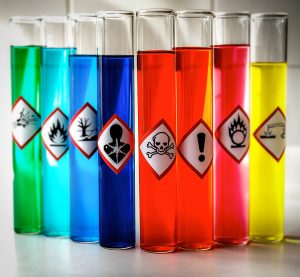Do you work in or manage a lab? Are you ready to recognize and control every hazard in the lab?
In a lab environment, the materials used and their respective hazards can vary greatly. From a simple Quality Control lab in a manufacturing operation with minimal chemical and physical hazards, to a complex research facility with chemical, biological and radiological hazards, lab staff need to understand the various risks involved and how to best prevent exposure.
This course will cover the basics on the hazard categories that are most frequent in a laboratory environment: chemical, biological, radiological and physical. We will review where to find information on hazards, e.g. on a Safety Data Sheet (SDS) and hazard warning labels, and how best to manage this hazard information. We will also review the concepts of hazard recognition, routes of exposure and the hierarchy of controls. Finally, emergency procedures will be discussed, as they play a key role in a laboratory environment.
All of these elements will be brought together under a document required for all laboratories under OSHA: the Chemical Hygiene Plan. A sample outline for this document will be reviewed during the course as well.
Course Outline
- Types of hazards in the laboratory environment: chemical, biological, radiological and physical
- Where to learn about the hazards of the various materials used and how to manage this information
- How to control hazards, including emergency procedures
- Outline of a Chemical Hygiene Plan
- Q&A
Target Audience
- Laboratory staff
- Team leads, Supervisors and Managers
- Small Business Owners
- EHS staff
- Occupational Health staff

